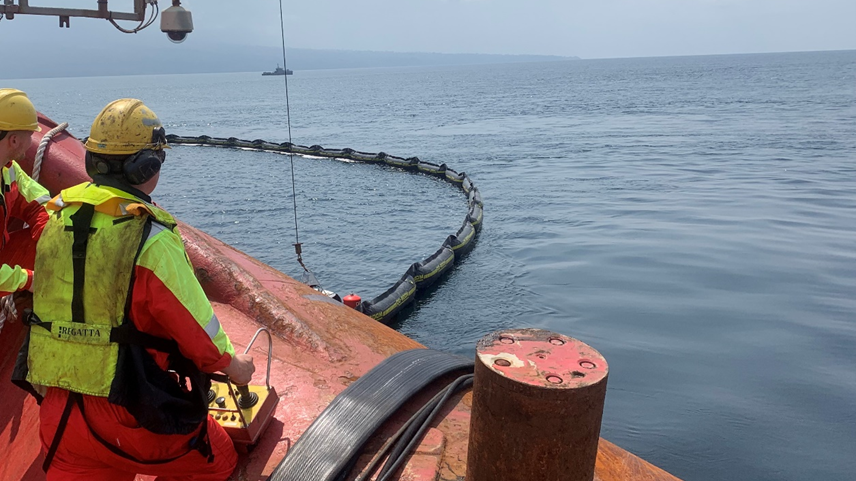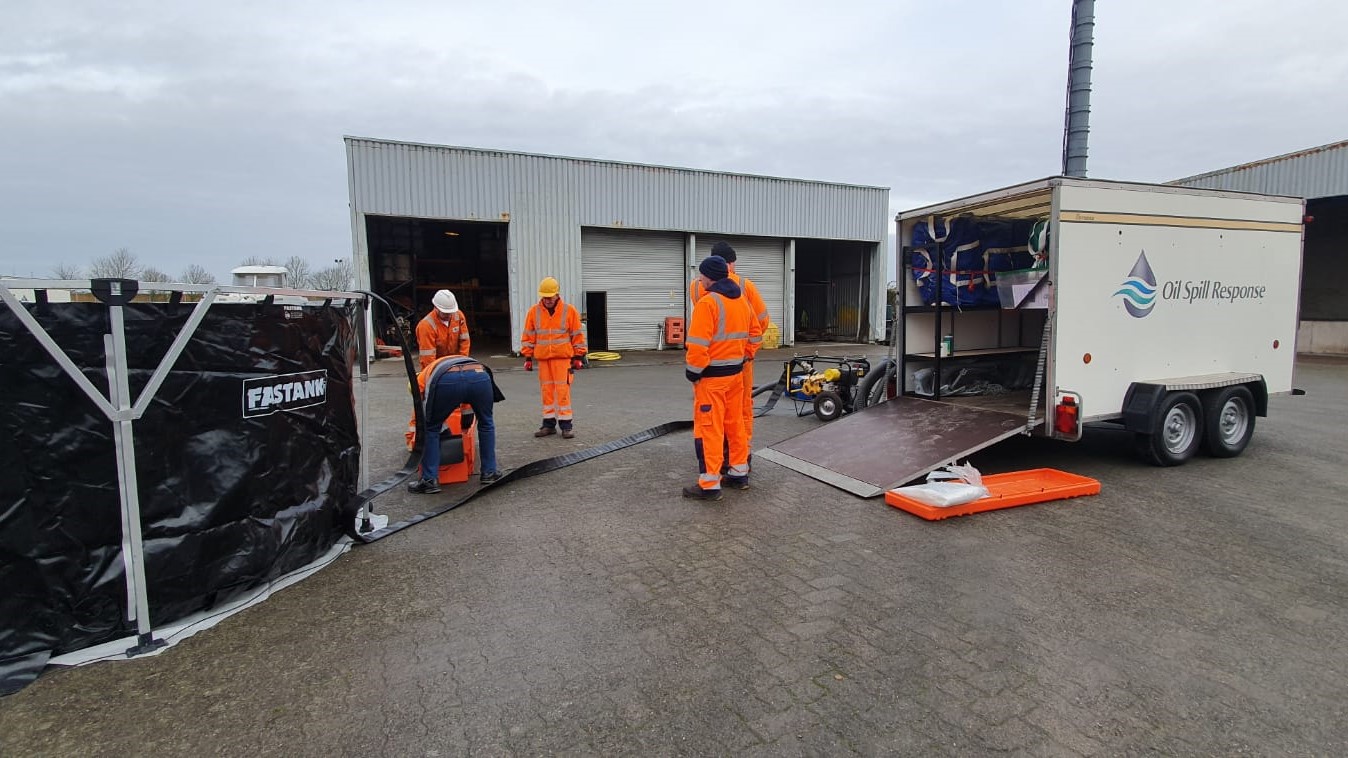Decommissioning Support Through Equipment Hire Services
Introduction
Our member requested OSRL's support to provide preparedness services as part of a planned decommissioning operation for their Floating Production Unit and wanted to have plans in place in case of a release of hydrocarbons. The potential for release was unknown, so hiring our Tier 1 equipment would help safeguard the environment in the event of a release. Our member also asked us to develop a Tactical Response Plan (TRP) to ensure they had the right capabilities and resources in place. The TRP was designed to be a very simple, short, operationally focused document which outlined boom deployment options; taking into account tide/current speeds, sensitive areas, safety hazards, the ongoing dismantling activity on the site, plus required resources which included equipment and personnel.
Why OSRL?
As an existing member, OSRL has supported this company for a number of years. With this understanding of their organisation, and previous mobilisations to that specific country we were able to provide a service which specifically to themet our client’s needs. The country we were mobilising to had several visa and logistics challenges, which meant we needed to leverage our global response capability. The support was also scheduled over the Christmas and New Year period, which is inevitable for response operations but still required some flexibility from our team.
How OSRL Assisted
After months of planning, the equipment arrived and cleared customs one day after arrival! There were four vessel crews to train in total. A crew change for the primary and support vessels would also occur. It was essential to ensure we could stay through that time to train all four crews on the equipment.
Our equipment commissioning team headed to the port on the first morning to board the main vessel. After being given a vessel safety briefing, we met back at the bridge to conduct practical training with the crew. There we discussed the risk assessments for both OSRL and the vessel. One challenge identified was that the vessel hardening and barbed wire surrounding the vessel for piracy protection would need to be modified or removed to deploy the boom and skimmer. Following this session, we met the crew on deck to prepare the equipment for the upcoming containment and recovery exercise.
The following day, the member prepared the main and support vessels for deployment. The vessel crew used their winch to bring the towline to mid-ship, which made the transfer of tension from the control line to the towline significantly easier. The hot weather added a challenge for the cold weather-based crew. (both crews were Norwegian-based). However, they had experience with equipment in the North Sea, which made the exercise run very smoothly.
With the Ro-Boom fully deployed, the support vessel retrieved one of the towing ends to create the U-formation. The two captains coordinated for some manoeuvring before deploying the second vessel, where we guided them through the process of setting a J-formation of the boom for optimal containment and recovery operations.
The following day, the support vessel crew boarded the main vessel to get a briefing on the deployed equipment. Once their training was complete, we headed back to where we were staying for the weekend to speak with our client regarding our training.
A few days later, we returned to meet the new crews and completed a second round of training with the addition of three safety officers.

The Results
With our equipment and people in-country training the crews, our member felt fully ready and competent to respond locally in the unlikely event of a hydrocarbon release.
Você tem os recursos necessários para realizar suas atividades contínuas?
Tenha o perfil de seus riscos operacionais avaliados, incluindo a consideração das necessidades regulatórias, ambiente operacional e disponibilidade de recursos em sua região operacional, para verificar os requisitos de pacote de aluguel de equipamentos que incluem comissionamento, treinamento e manutenção.







